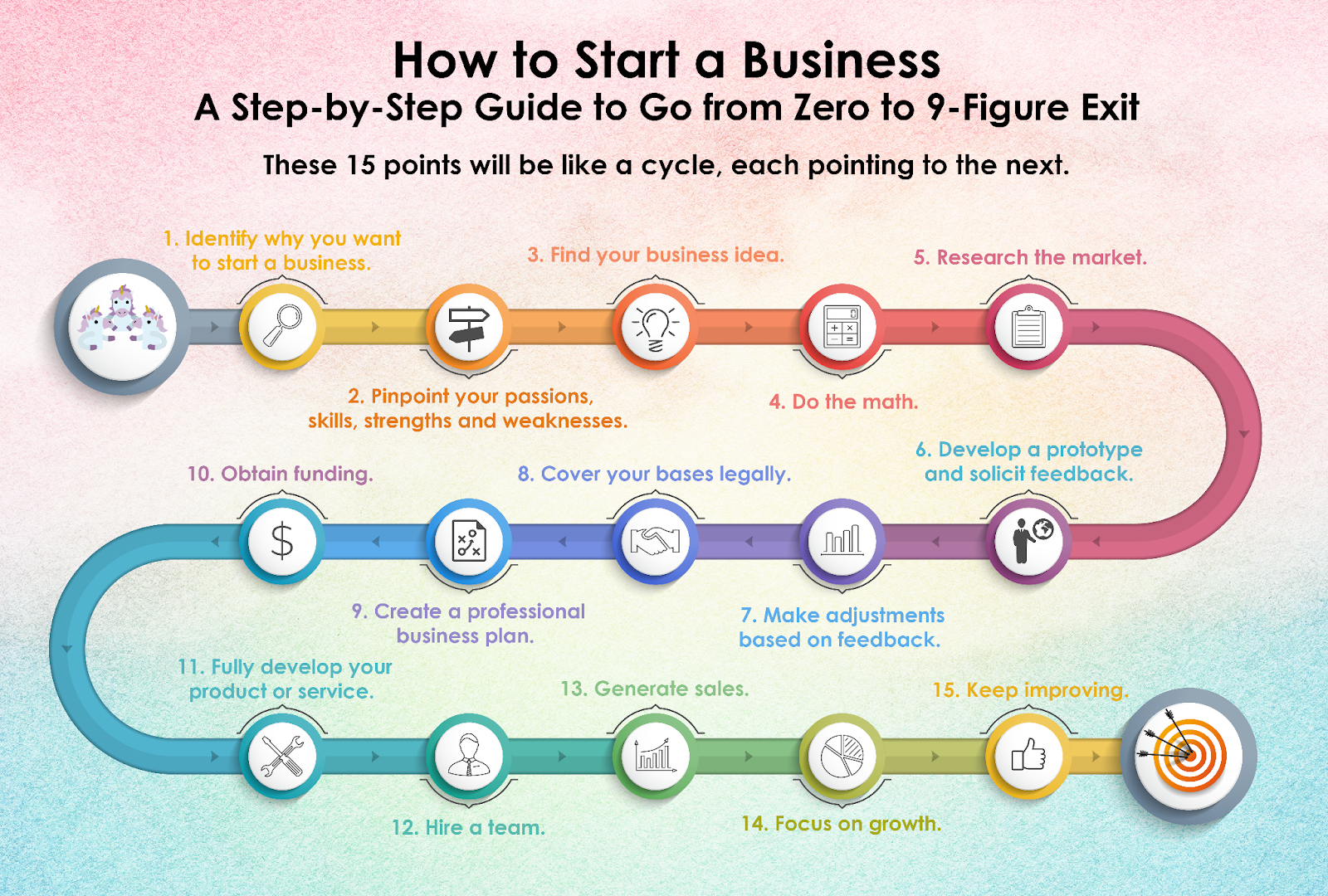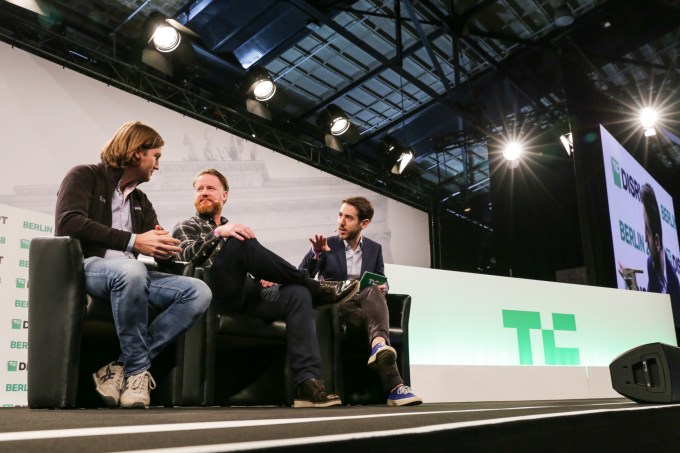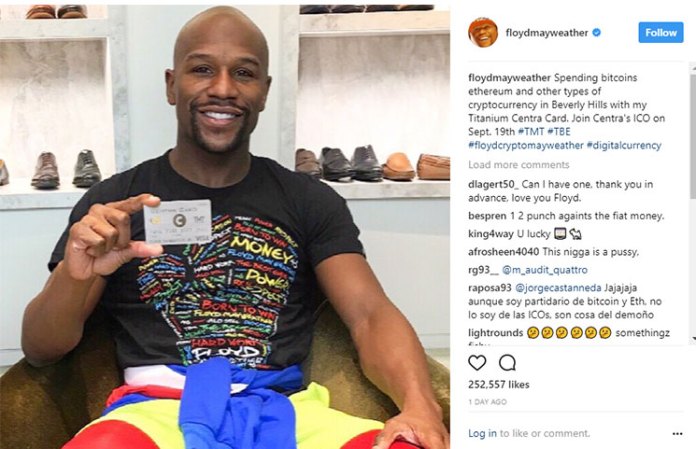
This year I sold my first company, Wordstream, for $150 million.
I started it in 2007, and back then I was a solopreneur flying by the seat of my pants — I’d developed software to use in search engine marketing, and it occurred to me I could package and sell that software to others.
I had a unicorn of an idea on my hands, and I ran with it.
Do you have a unicorn idea on your hands?
Want to know how to turn it into a billion-dollar business?
No two entrepreneurs‘ paths are alike, but I’m happy to share how I navigated my own path from ground zero to a nine-figure exit.

Here’s how to start a business in 16 steps:
- Identify why you want to start a business.
- Pinpoint your passions, skills, strengths and weaknesses.
- Find your business idea.
- Do the math.
- Research the market.
- Develop a prototype and solicit feedback.
- Make adjustments based on feedback.
- Cover your bases legally.
- Create a professional business plan.
- Obtain funding.
- Fully develop your product or service.
- Hire a team.
- Generate sales.
- Focus on growth.
- Keep improving.
Small Business Exit Strategy Example
Read on for the expanded version of each step!
1. Identify Why You Want to Start a Business
It’s important to understand why you’re doing something, especially when it’s as major as starting a business.
Maybe there’s an idea (or even a spark of an idea) that you just can’t seem to shake.
Maybe it’s because entrepreneurship is a symbol of freedom — a way to escape working for someone else.
Maybe it’s the earnings potential.
Take the time to identify why you want to be an entrepreneur.
It represents a portion of your core motivation and is something you can reference when you need to remind yourself to keep moving forward.
2. Pinpoint Your Passions, Skills, Strengths and Weaknesses
Once you have at least a basic understanding as to why you want to start a business, it’s time to do something difficult: get to know yourself.
You need to honestly evaluate yourself, what you bring to the table, and where your weaknesses lie.
You can get to the root of who you are as an aspiring entrepreneur by focusing on a few key questions. Ask yourself:
- What are your passions?
- What are your skills and strengths?
- What are is your area of expertise?
- What are your weaknesses and the tasks you despise?
- Are you ready to become an entrepreneur?
3. Find Your Business Idea
Every business comes from an single idea.
Sometimes it comes as an “aha” moment.
Sometimes you have to methodically think it through.
If you’ve already figured out you want to be an entrepreneur but don’t know what idea to pursue, narrow it down by asking yourself these questions:
- Is there something you deal with regularly that always bugs you? If so, could you come up with a product or service to fix it?
- Is there an emerging technology on the horizon that piques your interest? Is there a way you can get involved as a business? (That’s how I came up with idea for my new company MobileMonkey — I saw such unlimited potential with Facebook Messenger marketing that I developed software that builds Facebook Messenger chatbots!)
- Can you take something that works now and make it faster, better, or cheaper?
4. Do the Math
Starting a company costs money, period.
In the beginning, you’re going to need to float the business as practically no one is profitable from day one.
First, you need to figure out how much money you can afford to spend, and what you can lose, without destroying your financial life.
Next, you need to determine how much capital you need — not only to get your business off the ground, but to sustain it until it is profitable.
Finally, you need to know how much money you need to maintain your personal life. This includes paying your bills, buying food, medical expenses, and all of the other costs that come with being alive.
5. Research the Market
Before you pursue a business idea, you need to examine product differentiation and whether your proposition is actually unique.
Determine whether you are truly the first to make a product or service available.
If you are not the only one offering your service or product, consider what your competition is offering (and charging) and whether you can bring something to the table that they don’t.
Conduct interviews to find out what people want, or release a survey to gather information about what your potential customers might need.
Without market research, you could end up releasing a product or service that no one will actually buy, and that is going to set you up for failure.
6. Develop a Prototype and Solicit Feedback
At this point, you really need to suss out what you plan to offer. The time for ambiguity is over.
If your business is based on a product, create a prototype or at least a solid mockup of your product.
If you’re offering a service, have detailed, written explanations prepared.
With your prototype or description of services ready to go, it’s time to see what the market has to say.
The goal here is to get feedback that helps you improve your product.
Start reaching out to people you trust.
Then, test the waters in a larger segment of the market if your initial feedback is mostly favorable.
Often, this step requires you to develop a thick skin.
You will encounter naysayers and people who don’t believe your product or service is a great as you think it is, so be ready to hear some negative things about your idea.
But, without this feedback, you won’t learn about problems you may have overlooked or what your prospective customers actually expect.
7. Make Adjustments Based on Feedback
Once your feedback is gathered, it’s time to make some adjustments.
Look for patterns in the information you received and see if you can make improvements that allow your product or service to be more attractive to the masses.
8. Cover Your Bases Legally
If it looks like you have a potential unicorn on your hands, now you need to make everything official.
There are many legal aspects to starting a business, and you want to get them handled as soon as you can.
This will involve things like:
- Choosing a business name
- Choosing a business structure (corporation, LLC, partnership, etc.)
- Registering your business
- Obtaining a federal and state tax ID
- Securing permits
- Acquiring licenses
- Setting up business bank accounts
- Filing patents, copyrights and trademarks
Though you may be able to manage on your own, it’s wise to consult a lawyer just to make sure everything is covered.
9. Create a Professional Business Plan
A business plan is a thorough, comprehensive overview of what your company is and how it will evolve over time.
Your business plan should include a:
- Title page
- Executive summary
- Business description
- Marketing strategy
- Competitive analysis
- Product or service design and development plan
- Management and operations plan
- Financial plan and funding details
10. Obtain Funding
When I started my company, I began with the bootstrap approach — I used my own money to fund expansions since I had it available.
I can attest, however, hat this isn’t the easiest approach, especially if you aren’t the only person pursuing a particular idea.
Often, it’s a race to get to market first (especially in the technology industry) so having limited funding can make things incredibly challenging.
If you want to grow faster, you’ll need venture capital.
I obtained my first institutional investment in 2008, in the amount of $4 million, and it gave me the ability to stave off the competition by rocketing forward faster than I would have been able to otherwise.
Depending on the business you choose to start, you might not need to go that route.
You can work to land a small business grant, gather investments from friends and family, connect with an angel investor, or even get a regular bank loan.
11. Fully Develop Your Product or Service
Now it’s time to fully develop your product or service and take it to market.
You’ll need to:
- Secure a manufacturer (for products)
- Acquire necessary services (website hosting, shipping companies, etc.)
- Creating pricing strategies
- Choose a sales platform (online, retail, etc.)
- Select a payment processor
- Develop packaging
12. Hire a Team
Hiring a team can make a significant amount of difference, especially when you need to scale up quickly.
Whether you choose to bring on full-time employees, hire contractors, or secure services from freelancers, getting subject-matter experts on your side is a must.
No entrepreneur knows everything, so hiring a team that can cover your weaknesses will let you move forward quickly.
However, managing personnel involves a lot of time, energy, and paperwork.
If you want to streamline this portion of your business, use a payroll service like Paychex or Gusto.
They can handle the legal nuances of maintaining a workforce and are more than worth the cost.
13. Generate Sales
Once you have a product or service ready and a base of operations, it’s time to “go live.”
In the beginning, you need to concentrate on making sales, and that means dedicating yourself to the marketing process.
Embrace every marketing avenue available to you, especially low-cost options.
Reach out to potential customers on social media through advertising and by engaging with them.
Place those cold calls to prospective buyers.
Create videos for YouTube that showcase what you have to offer.
Leave no stone unturned!
14. Focus on Growth
Once the sales start rolling it, there’s still a lot of work to do.
Now, you’ve entered a phase where focusing on growth is a must, allowing you to expand and generate even more sales.
In some cases, expanding your marketing efforts (and budget) may be the best move. It lets you get your business out there, increasing your reach.
Additionally, concentrate on offering exceptional customer service.
Buyers are more loyal to companies that treat them right, and may even pay a premium for a positive experience.
Maintain those relationships!
Otherwise, you’ll lose out on more than just repeat business as negative word-of-mouth will cost your customers too.
You also want to keep an eye on all of your expenses — keep your eye out for ways to reduce costs or improve efficiency, allowing you to become more profitable.
15. Keep Improving!
If you want your business to thrive long-term, then you need to improve continuously. Strive to be better every step of the way by embracing innovation and the evolution of your product or service.
Additionally, keep learning at the core of your company.
Gather feedback at all times and consider how you can take what you have to offer to the next level.
Lastly, never take your eye off the competition.
By monitoring your market and your competitors, you can see what’s on the horizon, giving you a chance to get and stay ahead.
There you have it! Wordstream kept improving and growing, and continues to grow to this day under its new owner Gannett. With a unicorn idea and an entrepreneurial spirit, there’s no limit to what you can do.
Republished by permission. Original here.
Photo via Shutterstock
This article, "How to Build a Business with an Exit Strategy in Mind" was first published on Small Business Trends












